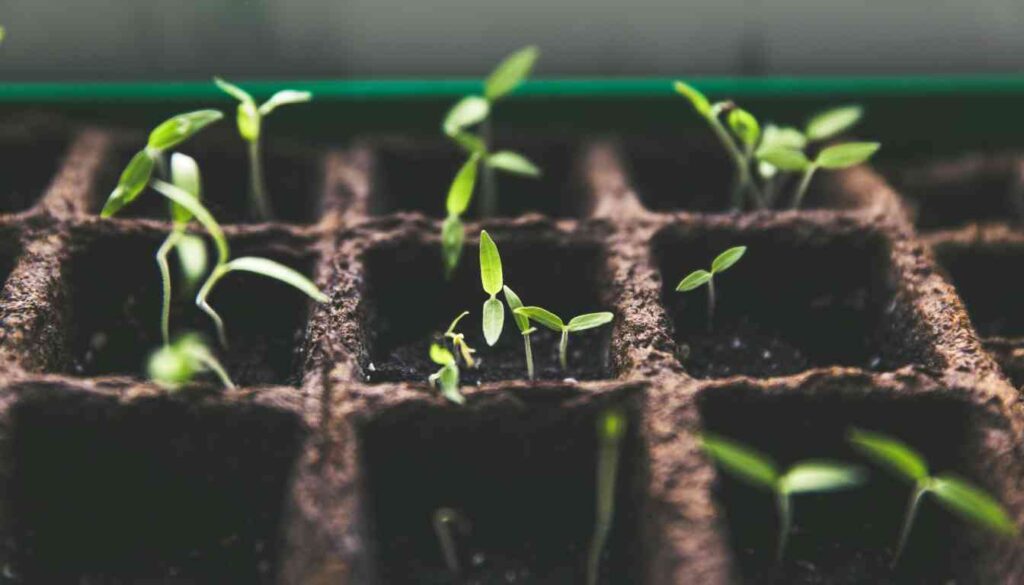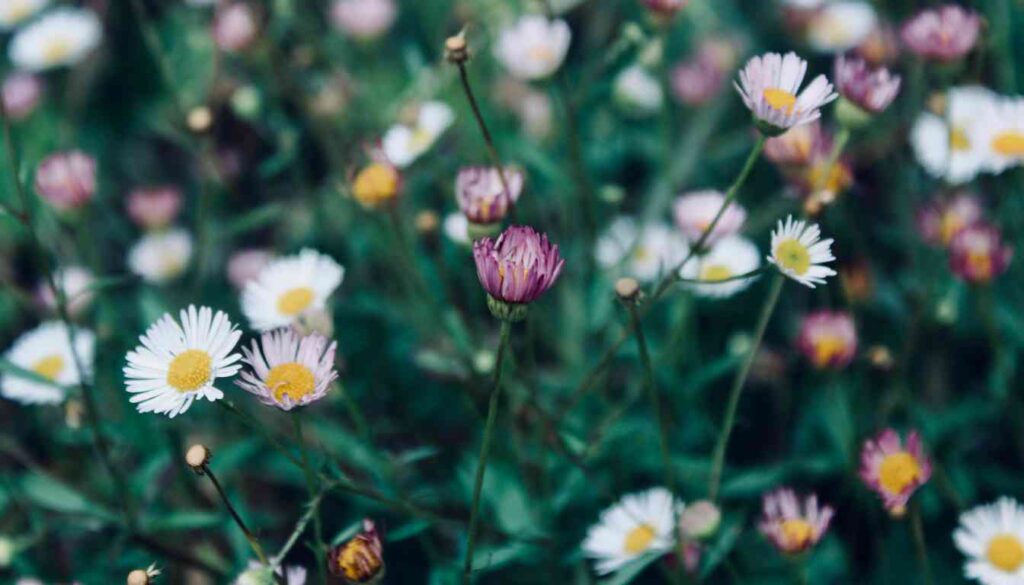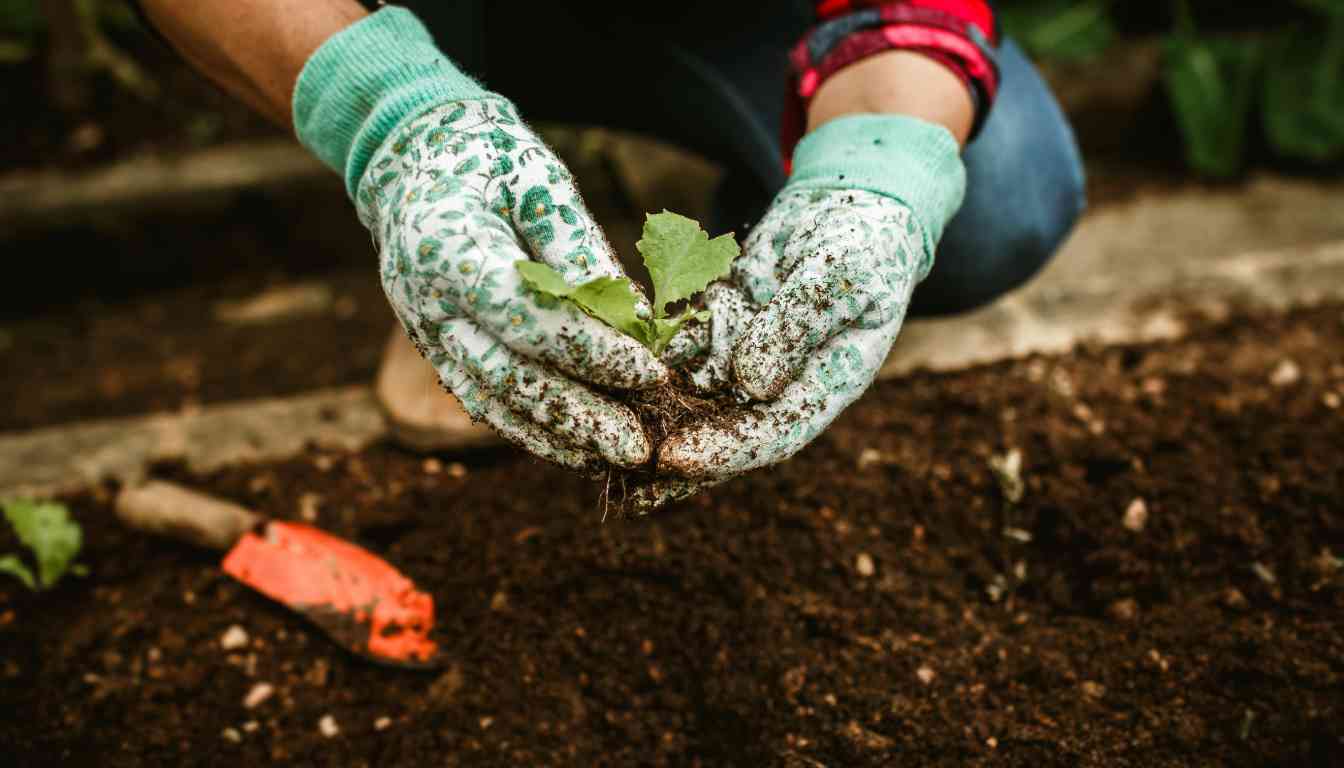As a passionate gardener, the diverse array of herbs that can be cultivated at home has always intrigued me. Whether your goal is to enhance the taste of your dishes, brew a calming tea, or infuse your garden with delightful scents, starting with herb seeds is an excellent idea.
When it comes to choosing herb seeds, there are many options available. From classic herbs like basil, thyme, and rosemary to more exotic varieties like lemongrass and stevia, there is something for every taste and gardening style. Organic and heirloom seed options are becoming increasingly popular, offering gardeners a chance to grow herbs that are free from harmful chemicals and genetically modified organisms.
Growing your herbs from seed is a rewarding experience that can save you money and provide you with fresh herbs all year round. Whether you’re a seasoned gardener or just starting, herb seeds are a great way to get your hands dirty and enjoy the benefits of homegrown herbs.
Why Choose Organic, Open-Pollinated, Non-GMO Herb Seeds?
As a gardener who enjoys growing herbs, I always choose organic, open-pollinated, non-GMO herb seeds. Here are a few reasons why:
Superior Flavor and Quality
Organic, open-pollinated, non-GMO herb seeds produce plants with superior flavor and aroma. Unlike hybrid or genetically modified plants, open-pollinated plants are allowed to naturally cross-pollinate, which results in plants that are better adapted to their environment. This means that they are more resistant to pests and diseases and produce higher-quality herbs with more intense flavors and aromas.
Support for Biodiversity
By choosing organic, open-pollinated, non-GMO herb seeds, I am also supporting biodiversity. Open-pollinated plants are pollinated by natural means, such as insects and wind, which helps to maintain genetic diversity within plant populations. This is important because genetic diversity allows plants to adapt to changing environmental conditions and ensures that there are always plants available to pollinators and other wildlife.
Avoiding Harmful Chemicals
Organic herb seeds are grown without the use of synthetic fertilizers, pesticides, or herbicides. This means that I can be sure that the herbs I grow are free from harmful chemicals that can be harmful to me, my family, and the environment. By avoiding harmful chemicals, I am also helping to protect pollinators, such as bees and butterflies, which are essential for the health of our ecosystems.
By choosing organic, open-pollinated, non-GMO herb seeds, I am able to grow herbs that are of superior quality, support biodiversity, and avoid harmful chemicals. It’s a win-win situation for me and the environment.
Popular Herbs and Their Uses
As an avid gardener and lover of all things culinary, I have grown and used a variety of herbs in my kitchen over the years. Here are some of the most popular herbs and their uses that I have come across:
Basil
Basil is a fragrant herb that is commonly used in Italian and Mediterranean cuisine. Its leaves have a slightly sweet, peppery flavor that pairs well with tomatoes, mozzarella cheese, and olive oil. Basil is often used in pesto, a sauce made with garlic, pine nuts, Parmesan cheese, and olive oil.
Catnip
Catnip is a member of the mint family and is best known for its effect on cats. However, it is also a medicinal herb that has been used for centuries to treat a variety of ailments, including anxiety, insomnia, and digestive issues. Catnip tea is a popular remedy for insomnia and can also be used as a natural insect repellent.
Chamomile
Chamomile is a gentle herb that is commonly used in teas to promote relaxation and sleep. It has a mild, apple-like flavor and is often combined with other herbs like lavender and lemon balm. Chamomile is also used in skincare products for its anti-inflammatory properties.
Chives
Chives are members of the onion family and have a mild, onion-like flavor. They are commonly used in salads, soups, and as a garnish for baked potatoes. Chives are also a good source of vitamins A and C.
Cilantro
Cilantro is a popular herb in Mexican and Asian cuisine. Its leaves have a citrusy, slightly bitter flavor that pairs well with spicy dishes. Cilantro is often used in salsas, guacamole, and curries.
Dill
Dill is a fragrant herb that is commonly used in pickling and seafood dishes. Its leaves have a slightly sweet, anise-like flavor that pairs well with salmon, cucumber, and yogurt. Dill is also used in dips, dressings, and as a garnish for deviled eggs.
Overall, herbs are a great way to add flavor and nutrition to your meals. Whether you grow them yourself or buy them at the grocery store, incorporating herbs into your cooking can elevate your dishes to the next level.
Where to Buy Organic Herb Seeds
As someone who loves to grow my herbs, I know how important it is to find high-quality organic herb seeds. Here are some options for where to buy them:
Online Seed Companies
Many reputable online seed companies offer a wide variety of organic herb seeds. Some of my favorites include Johnny’s Selected Seeds, Grow Organic, Burpee, and Mountain Rose Herbs. These companies offer a range of options from classic herbs like basil and oregano to more unique varieties like lemon balm and hyssop.
When buying online, make sure to read reviews and check the company’s policies on shipping and returns. Also, keep in mind that some companies may have minimum order requirements or may only ship within certain regions.
Local Nurseries and Garden Centers
If you prefer to see and touch the seeds before buying, consider visiting your local nursery or garden centre. Many of these stores carry organic herb seeds and can offer advice on which varieties are best suited for your region and growing conditions.
When shopping in person, be sure to inspect the seed packets for freshness and check the expiration date. You may also want to ask if the seeds have been treated with any chemicals or pesticides.
Farmers’ Markets
Some farmers’ markets may have vendors who sell organic herb seeds. This can be a great option for supporting local growers and getting seeds that are well-suited for your area.
When buying from a farmers’ market, be sure to ask the vendor about their growing practices and if the seeds are certified organic. You may also want to inquire about any tips they have for growing the herbs successfully.
Community Seed Swaps
Finally, consider attending a community seed swap. These events bring together gardeners and seed savers to exchange seeds and share knowledge.
At a seed swap, you can often find unique and heirloom varieties of herbs that may not be available elsewhere. Just be sure to label your seeds clearly and follow any guidelines or rules set by the organizers.
Overall, there are many options for buying organic herb seeds, whether you prefer to shop online or in person. By doing a little research and asking questions, you can find the perfect seeds for your home garden.
Tips for Successfully Growing Herb Seeds

Growing herbs from seeds can be a rewarding experience for any home gardener. Here are some tips to help you successfully grow herb seeds in your garden.
Choosing the Right Location and Soil
The first step in growing herb seeds is to choose the right location and soil. Most herbs prefer well-drained soil that is rich in organic matter. Choose a location that receives at least 6 hours of sunlight per day. If you don’t have a south-facing windowsill that can provide this much light, purchase growing lamps online and set them up around 4 inches away from the plants, adjusting the height as the seedlings grow.
Proper Watering and Sunlight
Proper watering and sunlight are essential for the successful germination of herb seeds. Water the seeds regularly to keep the soil moist but not waterlogged. Once the seeds have germinated, water the plants deeply once a week, allowing the soil to dry out slightly between waterings. Provide sufficient sunlight for the herbs to thrive.
Harvesting and Storing Herbs
Harvesting and storing herbs is an important part of cultivating them. Harvest the herbs in the morning when the oils are at their peak. Cut the herbs just above a set of leaves to encourage new growth. Store the herbs properly by drying them or freezing them. Drying is best for herbs with low moisture content, while freezing is best for herbs with high moisture content.
Common Pests and Diseases
Herb plants are susceptible to pests and diseases, so it’s important to keep an eye out for any signs of trouble. Common pests include aphids, spider mites, and whiteflies. Common diseases include powdery mildew and root rot. To prevent these problems, practice good sanitation and plant companion plants such as borage that attract beneficial insects.
By following these tips, you can successfully grow and harvest herb seeds in your vegetable garden.
Before you Go – Herb Seeds

Growing herbs from seeds is a cost-effective and rewarding way to start an herb garden. With a little patience and care, you can enjoy fresh herbs year-round. Here are some key takeaways to keep in mind:
- Choose the right soil: Herbs prefer well-draining soil with a neutral pH level. Consider adding compost or other organic matter to improve soil quality.
- Provide adequate light: Most herbs require at least six hours of sunlight per day. If you’re growing herbs indoors, consider using grow lights to supplement natural light.
- Water consistently: Herbs prefer consistent moisture, but be careful not to overwater. Allow the soil to dry out slightly between watering.
- Start small: If you’re new to herb gardening, start with a few easy-to-grow herbs such as basil, parsley, and thyme. Once you’ve gained some experience, you can expand your garden to include more exotic herbs.
Remember that each herb has its specific growing requirements, so be sure to do your research before getting started. With a little effort, you’ll be able to enjoy fresh, flavorful herbs in your cooking all year long.
References – Herb Seeds
Little Herb Encyclopedia, by Jack Ritchason; N.D., Woodland Publishing Incorporated, 1995
The Ultimate Healing System, Course Manual, Copyright 1985, Don Lepore
Planetary Herbology, Michael Tierra, C.A., N.D., Lotus Press, 1988
Handbook of Medicinal Herbs, by James A. Duke, Pub. CRP Second Edition 2007
The Complete Medicinal Herbal, by Penelope Ody, Published by Dorling Kindersley
Check the Following Articles!
Growing Herbs Basil 101: Grow Your Health Now!
Home Remedies for Dry Cough: Natural Solutions Now!
Herb Planter: An Ultra Guide to Growing Your Herbs
Sowing the Seeds of Your Herbal Journey at Home
Hello, fellow plant lovers! Ever thought about how your Herb Seeds and your home at theherbprof.com can complement each other? Let’s dig in!
Firstly, your Herb Seeds are the beginning of an exciting journey. They’re tiny packets of potential, ready to grow into lush, aromatic herbs right in your home. Imagine having fresh basil, rosemary, or mint at your fingertips whenever you need them. Sounds amazing, right?
Now, let’s talk about your home. It’s the perfect environment for your Herb Seeds to thrive. The warmth, the light, and your loving care are all they need to grow into healthy, vibrant plants. And the best part? You get to watch them grow every day!
So, whether you’re sowing your Herb Seeds or nurturing them at home, remember – they’re part of a beautiful cycle of growth and nourishment. Happy planting!
Frequently Asked Questions – Herb Seeds
1. What are some popular medicinal herbs that can be grown from seeds?
Many popular medicinal herbs can be grown from seeds, including echinacea, chamomile, and lavender. Echinacea is known for its immune-boosting properties, chamomile is great for calming nerves and promoting relaxation, and lavender is commonly used for its calming and stress-relieving effects.
2. Which heirloom herb seeds are the most sought-after?
Some of the most sought-after heirloom herb seeds include basil, thyme, and rosemary. These herbs are commonly used in cooking and have a great flavor. They are also easy to grow and can be grown indoors or outdoors.
3. What are some tips for growing herbs indoors from seeds?
When growing herbs indoors from seeds, it is important to choose the right container, use the right soil, and provide adequate light and water. You should also make sure to keep the temperature and humidity levels consistent. Some popular herbs for indoor growing include basil, chives, and parsley.
4. What are some of the best herb seeds for beginners?
If you are new to growing herbs, some of the best seeds to start with include basil, chives, and parsley. These herbs are easy to grow and require minimal care. They can also be grown indoors or outdoors, making them a great choice for beginners.
5. Is it more cost-effective to buy herb seeds or plants?
In general, it is more cost-effective to buy herb seeds than plants. While plants may provide a more immediate harvest, seeds are less expensive and can produce a larger yield over time. Additionally, seeds can be stored for future use, while plants must be purchased each growing season.
6. What are some fast-growing herb seeds for a quick harvest?
If you are looking for a quick harvest, some fast-growing herb seeds include cilantro, dill, and arugula. These herbs can be grown in containers or on the ground and can be harvested in as little as 4-6 weeks after planting.

